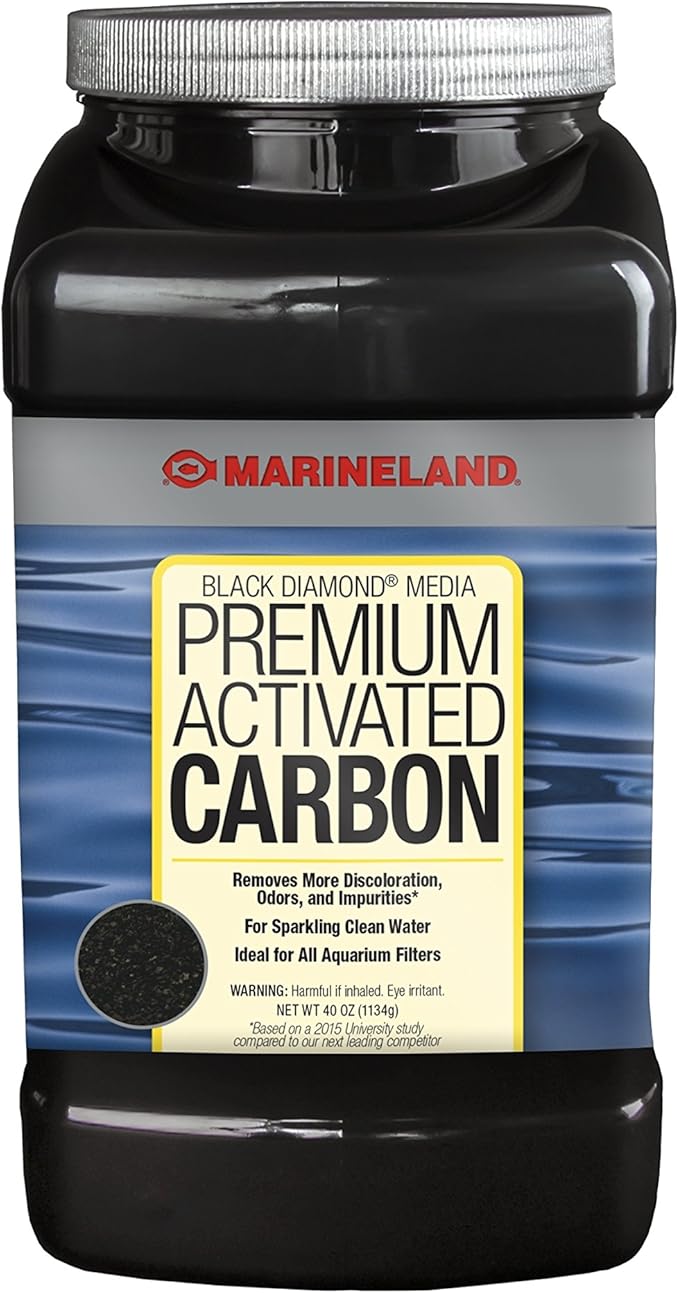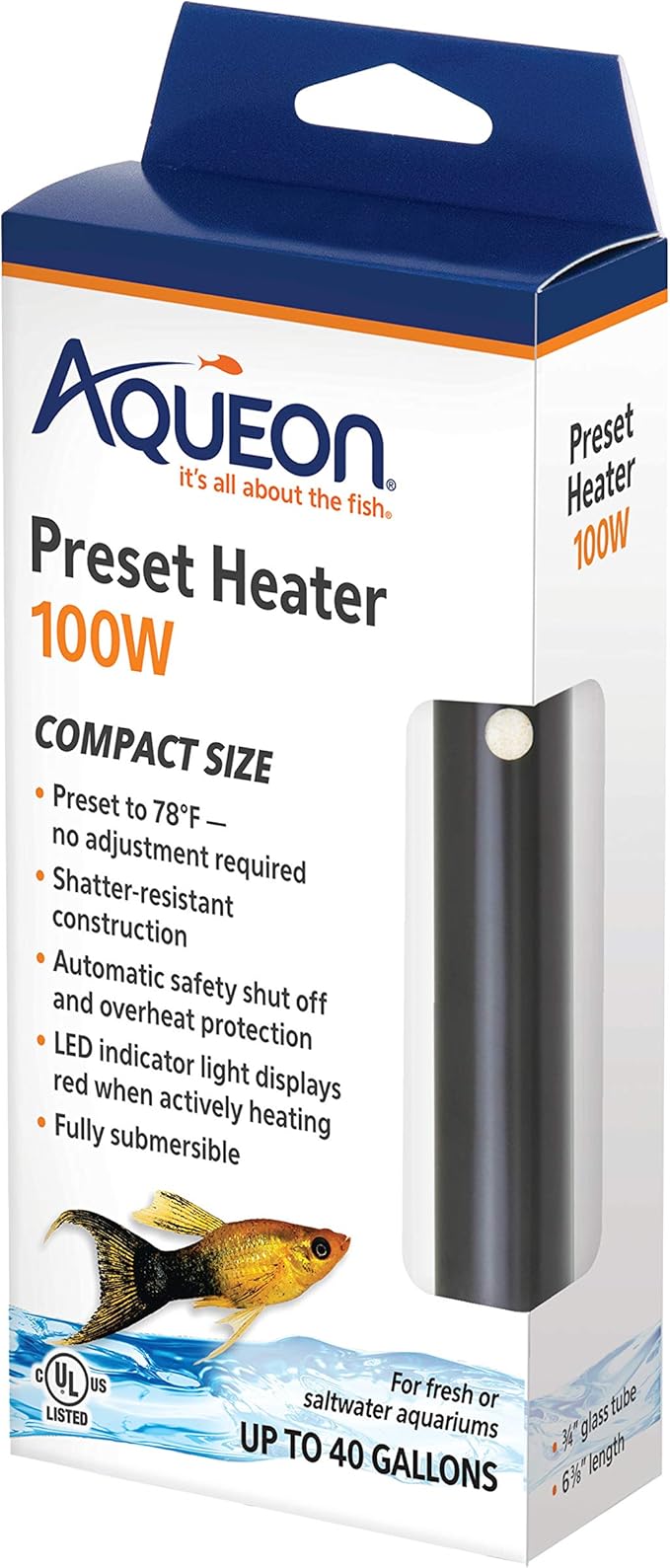Disclaimer: This page contains advertisements and/or affiliate links. We receive compensation from clicks and/or purchases made through these links. Though we may not have tested the specific product(s) mentioned, we do our best to recommend products that are beneficial to our visitors.
Berghia Nudibranch and How to Breed Them
Last updated on November 23rd, 2023

About Berghia Nudibranch
Berghia Nudibranch are small slug-like animals that have recently become very popular in the reef tank hobby. Berghia Nudibranch are popular because of their ability to clear out Aiptasia from nearly any aquarium! These small creatures can clear 1 or 2 aiptasia per Nudibranch, per week. While that may seem slow, they breed easily, leading to hundreds of Berghia Nudibranch in your army against aiptasia!

Berghia Nudibranch are a nocturnal, pack hunting animal that are known for clearing aiptasia from almost any reef tank. As they eat, you will see them turn more brown. Then when they are hungry they will return to an all white color. This is one way you can tell that they're eating or need more aiptasia.
How Berghia Nudibranch Eat Aiptasia
Berghia Nudibranch are pack hunters. This means that they will find an aiptasia and will surround it. Then they will eat the base, or foot of the aiptasia anemone. This prevents the aiptasia from recovering or reproducing with spores.
How To Add or Acclimate Berghia Nudibranch
When adding Berghia Nudibranch to your aquarium, they don't tend to be very picky. Most of the time, simply floating them for 30-60 minutes to match the temperature will be the majority of the acclimation process.
When you add Berghia Nudibranch to your aquarium, its important to turn off all of the flow in your aquarium. The Nudibranch will need a couple minutes to get their grip on the rocks. High amounts of flow will blow them away and likely lead to them being eaten.
It's best to add Berghia Nudibranch to your aquarium after the lights are off and fish go to sleep. This is because fish like wrasse or damsels are likely to eat the Nudibranch if they find them. So, in short, flow off, lights out.
When you're ready to add the Nudibranch, use a turkey baster to suck them out of the container one or two at a time. Add them to an area of a rock that is normally low flow. Put them within a few inches of the aiptasia, but not touching the aiptasia. Ironically the aiptasia will eat the Nudibranch if they land in the head of the anemone.
Try to keep at least 3 Berghia Nudibranch in a pack when you add them. Don't just add one per rock, they will travel to nearby rocks as a pack looking for food.
After about 10-15 minutes, you should be okay to turn the flow back on. Keep an eye out for a minute or two just to make sure they don't float away. Then you're good!
What Eats Berghia Nudibranch
Simply put, Berghia Nudibranch are very low on the food chain. Wrasse, Damsels, Peppermint Shrimp, and sometimes other random fish will pick at and eat these Nudibranch. On a positive note, the Nudibranch are VERY good at hiding. So most fish will have a hard time finding them. But this adds to the importance of getting enough to allow them to breed as they are picked off. This will keep the army growing.
Another thing to keep in mind is that the eggs are even more vulnerable and can't hide. On top of the normal fish and inverts eating the eggs, bristle worms and amphipods also eat the eggs. Making it very hard to ensure breeding in the aquarium. This is why many people breed the Berghia Nudibranch in an outside aquarium and add them as they grow. Maintaining a healthy number of hunters always available!
How To Breed Berghia Nudibranch
Breeding Berghia Nudibranch is very easy. Simply set up a one or two gallon aquarium with an air stone, air pump, and very small heater. You don't need substrate, rocks, or hiding places. Just add the Nudibranch and everything else will happen naturally.
You will need to feed the Nudibranch roughly 1 or 2 aiptasia per Nudibranch per week. You'll see how quickly they eat and that can help you determine how often to feed them. I usually keep 3 to 5 breeding Nudibranch per tank just to reduce the feeding demand.
When you add aiptasia, try not to add any rocks or anything that bristle worms or pods may hide in. You may even want to dip the aiptasia before adding it to the breeding tank. Otherwise the hitchhikers may eat the eggs.
Just like any other tank, you'll want to do a water change weekly. I just take a large cup and replace a scoop or two when I do my normal water change.
That's really it. There isn't a lot to it. Please keep in mind, these Nudibranchs will eat more aiptasia than you realize!
Berghia Nudibranch - Time from Egg to Adult
Referencing a PubMed Paper published in 1990 by D J Carroll and S C Kempf, the eggs should hatch within 11-12 days after being laid. The juvenile Nudibranchs can begin eating on aiptasia within a week of hatching, though they may be too small to really notice. The paper mentioned above also notes that Berghia Nudibranchs can reach a size where they may reproduce in as little as 47 days after the eggs are laid. So just over a month after hatching.
How to Grow Aiptasia for Berghia Nudibranchs
While growing aiptasia itself is fairly simple, growing enough for Berghia Nudibranch to eat is the challenge. Personally, I recommend growing the aiptasia in a tank with more surface area. This may be an aquaponics growout container, or something like a 20g long or breeder tanks. This will let you have more aiptasia for the amount of water.
For substrate, there are a couple options. You want to minimize places where bristle worms, pods, or any other creatures can hide. While these wont affect the aiptasia, they will eat nudibranch eggs if they get in their tank when you feed the Berghia. So the best idea is to keep them away entirely. Otherwise you need to use caution when feeding. This brings the substrate options to essentially small pebbles where the aiptasia can attach but creatures wont be able to hide well.
The two options I find best are crushed coral, and activated carbon. The benefit of the carbon is that it helps with some of the filtration as well. But keep in mind that it will be a short lived benefit unless you're replacing the carbon. Currently, I am using the crushed coral.
Beyond this, depending on the size of the tank you set up, it will be much like the above setup for Berghia Nudibranchs. You will need an airstone and air pump for 5 gallon or less tanks. If it is over 5 gallons, either a low cost filter or powerhead is ideal. Then a simple heater, and a low powered light with a timer. Just like setting up a very low cost aquarium.
That's all it really takes for setting up an aiptasia farm tank. Next, some tips to grow the aiptasia faster.
How to grow Aiptasia Quickly
The next challenge is growing aiptasia fast enough to feed your Berghia Nudibranch. There are a few ways people tend to increase aiptasia growth rates. These are all hobbyist experience, so they may or may not work for everyone, but they all seem to have merit behind them.
The first is to cut the aiptasia. Commonly you can frag an anemone by cutting the foot and mouth in half. This seems like a logical answer for aiptasia as well since it is also an anemone. That being said, I also read that people are cutting the top off of the aiptasia and finding that the top will grow a new foot and that the foot grows a new head. While I cant confirm this, it seems like an easier way to cut the anemone than fragging them all one at a time.
Next I read about people feeding the aiptasia to stimulate growth. While this seems like an obvious option, I read a study claiming that feeding didn't help but higher nutrients did. It also notes that feeding didn't reduce growth. That all said, I think it is logical that food may help, and if not, it adds to nutrients that do help. So... I'm going to feed them personally. The best food I am reading about is fresh hatched, live brine shrimp. If it seems like a lot to set all of that up, I think standard fish or coral foods are fine. In fact, that's what I'll be feeding.
Finally, it's said that irritation can cause aiptasia to grow. This goes in line with how common methods of killing aiptasia, such as lemon juice and kalkwasser pastes, usually lead to more aiptasia. But they can also kill the aiptasia. I'm not really sure where to go with this one. My personal thought it to add a little kalkwasser once a week to cause a pH spike, which may encourage reproduction. But I may regret this.

Conclusion
While breeding the Berghia Nudibranchs is fairly simple, and so is adding them to your reef tank, there are important steps to follow in order to keep them safe. Remember that they are low on the food chain and likely everything in the tank will eat them given the chance. But if you set them up for success with proper acclimation, and the right size pack, they will remove aiptasia faster than any other solution available. And when it comes to breeding these Nudibranch, the Berghia themselves are not the challenge. Think of it as an aiptasia farm and let the Berghia Nudibranch be the second part of your successful aiptasia farm. This will take you far!



















Social Media